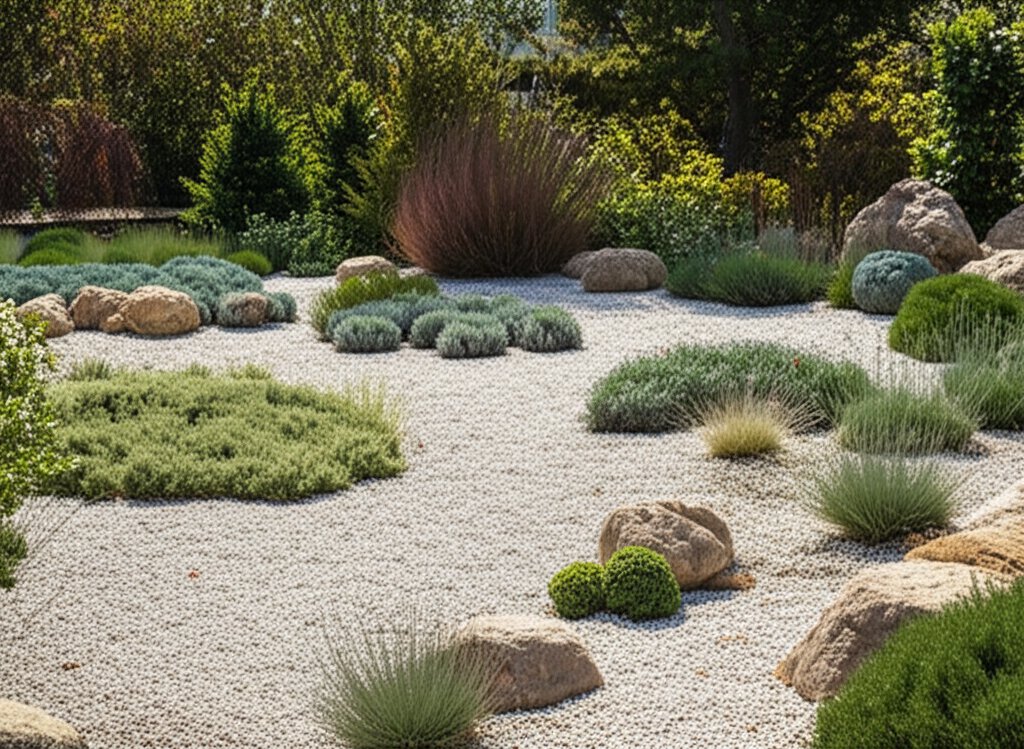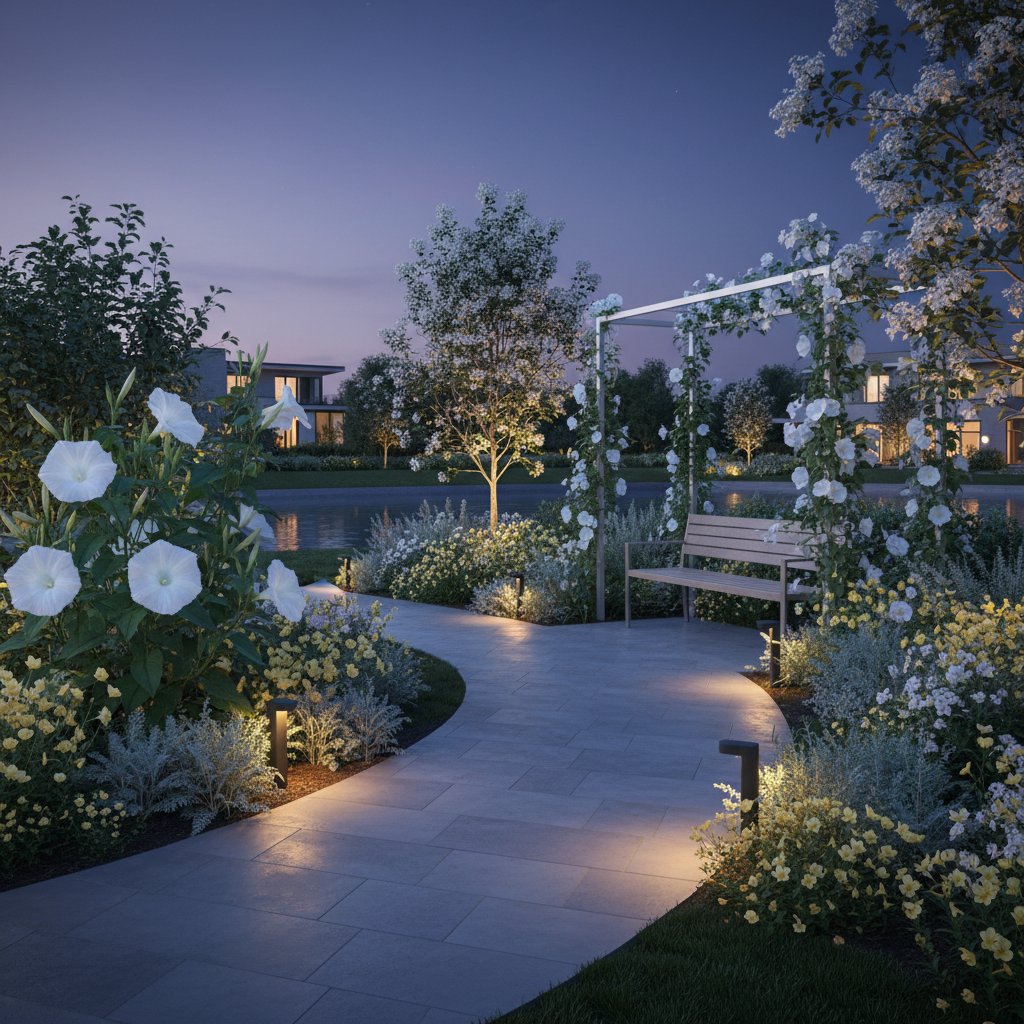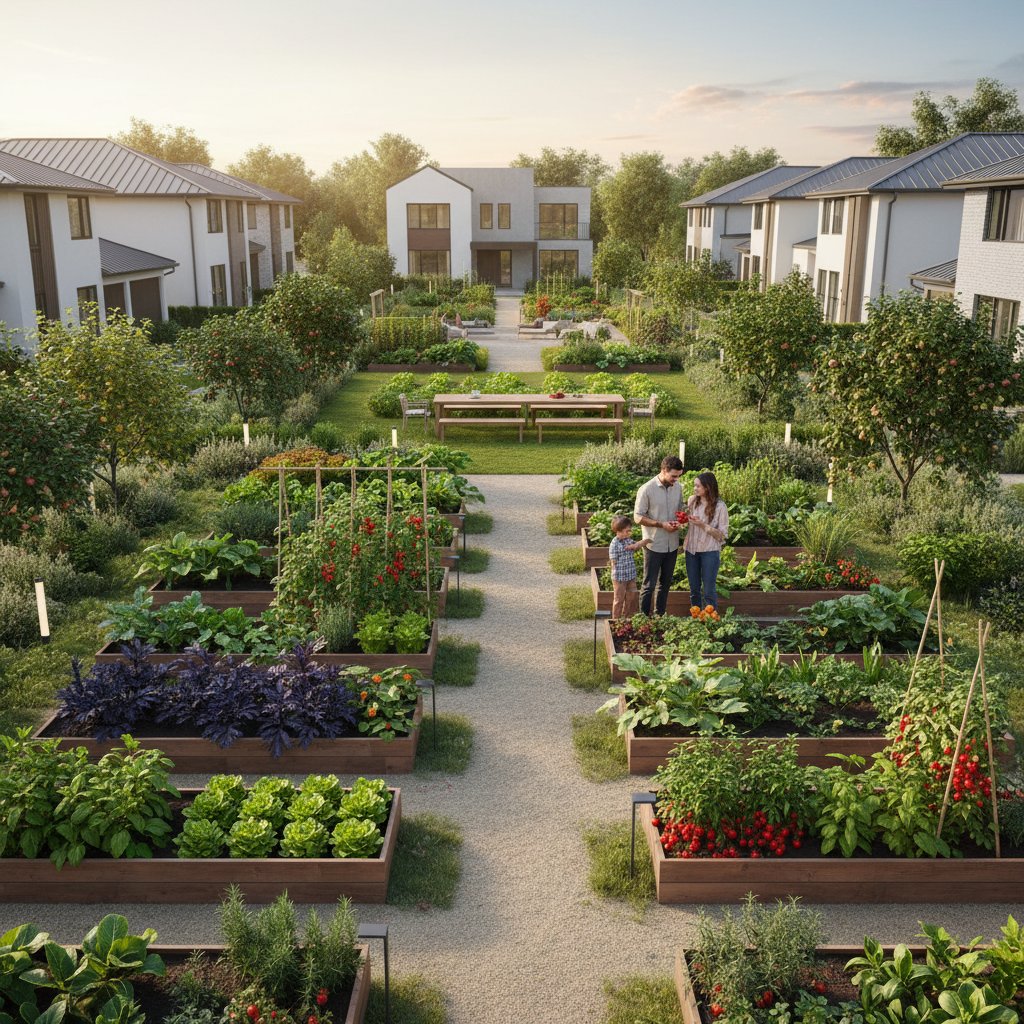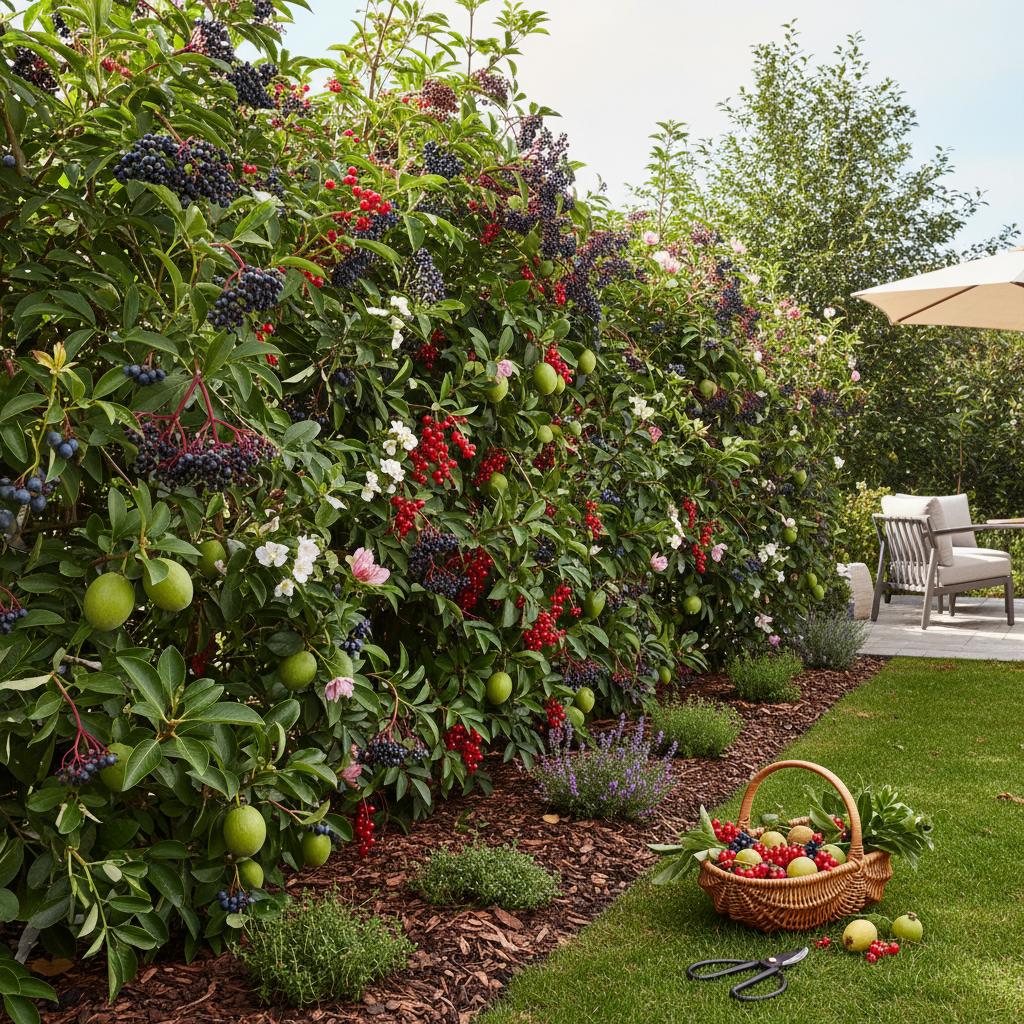Why Gravel Gardens Rule Mediterranean Landscapes
Do you ever look at your outdoor space and feel that something is missing? Maybe the lawn looks tired, the soil feels dry, or the constant watering has become more of a chore than a joy. Many homeowners find themselves longing for a landscape that feels natural, resilient, and peaceful. A gravel garden might be exactly what you are searching for. It combines beauty with practicality, giving your space a relaxed Mediterranean rhythm that thrives in dry conditions and rewards you with effortless charm.
Seeing Beauty in Simplicity
A gravel garden is more than a stretch of stones. It is a living environment that celebrates texture and balance. Instead of fighting against dry soil or relentless sun, it works with them. Think of soft lavender swaying beside silvery sage, or bright thyme spreading low between smooth pebbles. The feeling is calm and timeless, much like the landscapes of southern Europe that inspire this approach.
The appeal lies in how natural it feels. Gravel gardens do not demand perfection; they invite it through subtle detail. Every stone, shadow, and leaf contributes to a peaceful rhythm that suits the climate and the homeowner’s pace of life.
Step One: Understanding What a Gravel Garden Is
At its core, a gravel garden is a planting area covered by a layer of gravel or small stone mulch. The gravel serves as both a decorative element and a practical one. It reduces evaporation, helps prevent weed growth, and stabilizes soil temperature. Beneath the surface, the soil is usually well-drained, allowing plants that prefer dry roots to flourish.
In Mediterranean-style landscapes, gravel gardens echo the region’s climate and character. They capture the look of coastal hillsides, olive groves, and sunlit courtyards without needing heavy irrigation. The result is a natural, sustainable design that feels both rustic and elegant.
Step Two: Assessing Your Space
Before spreading gravel, take time to look closely at your yard. Notice where sunlight falls, how water drains after rain, and which areas stay dry the longest. These clues help you decide where a gravel garden would thrive. South-facing areas with good drainage are ideal, though you can create smaller gravel pockets elsewhere.
If your soil is heavy or tends to hold water, consider improving drainage first. Mixing in coarse sand or crushed stone can help water move through more easily. Gravel gardens depend on this balance; too much moisture can harm drought-tolerant plants.
It also helps to think about how you will use the space. Will it be a quiet sitting area, a border along a path, or a complete replacement for a traditional lawn? Each purpose influences how much gravel you need and which plants will bring the right mood.
Step Three: Planning the Look
Designing a gravel garden is a bit like painting with texture. You have endless choices in stone color, size, and shape. Pale limestone reflects light beautifully, while darker basalt or slate adds a grounding tone. Mixing a few types can create visual depth without feeling cluttered.
When choosing plants, focus on those that love sun and dry soil. Mediterranean favorites like rosemary, lavender, and oregano bring fragrance and structure. Low-growing sedums, rockroses, and ornamental grasses add movement and variety. The key is to group plants with similar water needs so that care remains simple.
Think about flow too. Gravel naturally draws the eye along gentle curves and open spaces. Use stepping stones or wider gravel paths to connect different parts of the garden. The result should invite you to wander, not rush.
Step Four: Bringing It to Life
Once you have a plan, creating a gravel garden becomes a satisfying hands-on project. Start by clearing weeds and leveling the soil. Lay down a permeable weed barrier if needed, then spread a base layer of gravel about two inches thick. Work it evenly with a rake until it feels smooth underfoot.
Plant through the gravel by gently pushing stones aside and digging small holes for each plant. Once placed, tuck the gravel back around the stems. Water thoroughly during planting to help roots settle. After that, watering can be reduced as plants adapt to their new environment.
Gravel gardens mature beautifully. Over time, they blend naturally as plants spread and stones settle. You might notice how morning light catches the gravel or how rain darkens its tone. These small details create a connection to the space that feels deeply satisfying.
Step Five: Caring for Your Gravel Garden
Gravel gardens are low-maintenance, but they still appreciate attention. A few minutes every week keeps them fresh and resilient.
Here are some basic care habits:
- Weed control: Pull out any weeds that appear before they seed. The gravel layer helps reduce new growth, but staying consistent keeps it looking clean.
- Watering: Once established, most Mediterranean plants need very little water. A deep soak during long dry spells is usually enough.
- Pruning: Trim herbs and perennials after flowering to encourage new growth and maintain shape.
- Refreshing gravel: Every few years, add a light top-up of gravel to maintain color and texture.
This gentle rhythm of care fits easily into daily life. The garden gives back more than it takes, rewarding you with scent, texture, and calm.
Why Gravel Gardens Fit Mediterranean Landscapes So Well
Mediterranean landscapes are shaped by bright sun, dry air, and lean soil. Gravel gardens naturally match these conditions. The gravel surface reflects heat while protecting plant roots below. This helps the soil stay cool and moist without constant watering.
Beyond function, there is also cultural harmony. The look of stone and drought-tolerant planting mirrors the relaxed spirit of Mediterranean living. It favors gathering spaces, not strict formality. A gravel courtyard with terracotta pots and herbs feels welcoming without demanding perfection.
Gravel also offers practical benefits for homeowners in similar climates:
- Water savings: By relying on native and drought-loving plants, you can cut down on irrigation dramatically.
- Soil protection: Gravel acts like a blanket, preventing erosion from wind or heavy rain.
- Longevity: Unlike organic mulch, gravel does not break down quickly. It keeps its structure for many years.
- Design flexibility: Gravel works beautifully with stone walls, ceramic pots, or wooden furniture. It can adapt to rustic or modern styles with equal ease.
Making It Happen
If you have been thinking about transforming your outdoor space, a gravel garden might be the perfect way to start. Begin small if you prefer, perhaps with one sunny corner or a border along your patio. As you watch how the plants settle and the gravel shifts with the seasons, you will learn what fits your space best.
The joy of a gravel garden grows over time. Each season adds character. New seedlings might appear between stones, or a forgotten herb might surprise you with blooms. These quiet changes remind you that the garden is alive, even in its stillness.
Consistency matters more than intensity. A few minutes spent weeding, pruning, or simply enjoying the view keeps the space thriving. Unlike lawns or lush flowerbeds that need constant feeding and watering, gravel gardens reward patience and restraint. They teach you to appreciate subtle beauty and to work with nature, not against it.
Watching Your Garden Thrive
A Mediterranean gravel garden is not just a design trend. It is a reflection of mindful living, where care and simplicity create long-lasting beauty. Over time, you may notice how it changes your habits too. You might find yourself stepping outside more often, drawn to the warmth of the stones or the scent of rosemary in the air.
Even the smallest gravel garden can transform a space. It invites rest, sparks creativity, and encourages a slower rhythm. By choosing this approach, you are not just improving your yard.
Your garden does not need to be perfect to be beautiful. It only needs your attention, your patience, and your willingness to let nature do what it does best.



